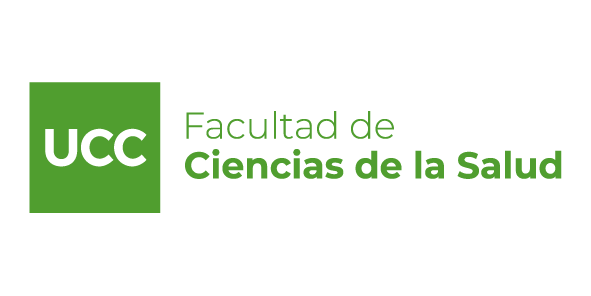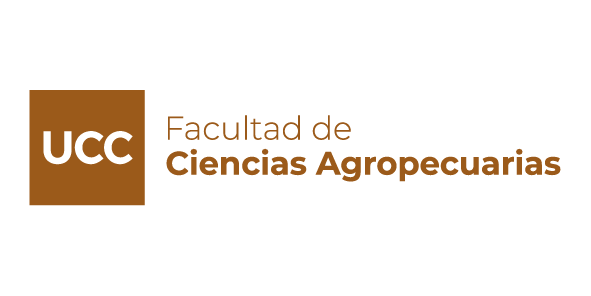Importance of the first day of cytological diestrus in determining gestational age in brachycephalic breeds: description of a clinical case in an English Bulldog bitch
DOI:
https://doi.org/10.22529/me.2023.8(3)10Abstract
She was taken to the Animal Reproduction Service at the Teaching Hospital of the Faculty of Veterinary
Sciences, National University of La Plata (UNLP). A two-year-old female canine, an English Bulldog
breed, was brought in for cycle monitoring and determining the peak fertility period1. Artificial
insemination was performed, and the first day of cytological diestrus was identified. Twenty days later, an
ultrasound diagnosis of pregnancy was conducted. The second ultrasound examination revealed normally
shaped gestational sacs and a gestational age calculated based on fetal measurements, indicating a
gestational age approximately five days less than expected compared to the gestational age calculated from
the first day of cytological diestrus1. A scheduled cesarean section is planned for day 56 after the first day
of cytological diestrus, as the fetuses show delayed development and varying degrees of anasarca.
Determining the first day of diestrus allowed for an accurate assessment of the bitch's gestational age and
proper timing for the cesarean section.
Published
How to Cite
Issue
Section
License
Copyright (c) 2023 Methodo Investigación Aplicada a las Ciencias Biológicas

This work is licensed under a Creative Commons Attribution-NonCommercial-ShareAlike 4.0 International License.




















